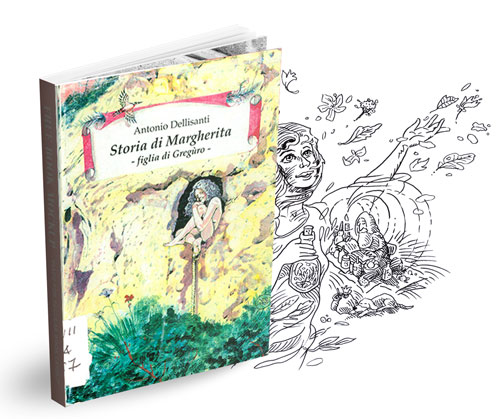
Read the story of Margherita and her adventures set in the Gravine (the Gravine are a particular location of ravines) and in the town of Massafra.
![]()
Do you like this book? Come to the library and read it!
The main characters
Explore the main characters of the story
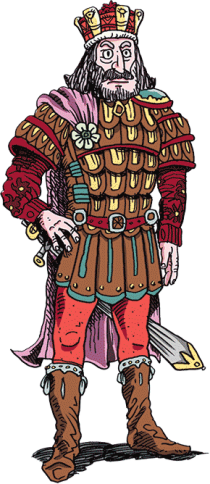
The Catapan
Catapan from κατά (katà) and ἐπάνος (epànos) is a term initially used to indicate a high ranked Byzantine officer.
In the story of Margherita, daughter of Greguro, the Catapan of Massafra was in the fortress of the same name and carried out the duties of Governor of the Ionian land as a representative of the Byzantine government.
The Catapan in this story liked to send witches to burn at the stake and hang brigands after a summary analysis of the facts. He considered the pyre and the gallows the best tools of earthly justice to keep the population subservient.
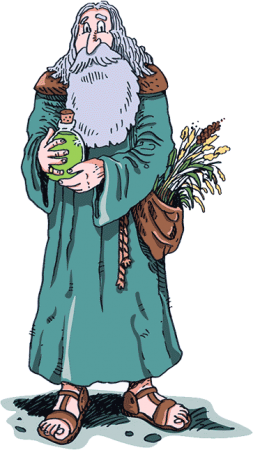
Greguro
An alchemist of Greek origins, reluctant to integrate with the inhabitants of Massafra, he had found refuge among the ravines. Introverted, taciturn, grumpy and short-tempered, he lived isolated in a grotto complex.
He had learned the art of preparing medicinal remedies from his father and loved to call his house a “Pharmacy”. He had not had any male children or disciples and passed his knowledge on to his daughter Margherita.
Well known in the area he did not like that, others called him Magus let alone Sorcerer, but many came to him for help in situations of illness. He referred to himself as a painter, botanist.
He rejected the proposal of any young man who came with the intent of proposing marriage for his daughter. He was very devoted to the Virgin Mary.
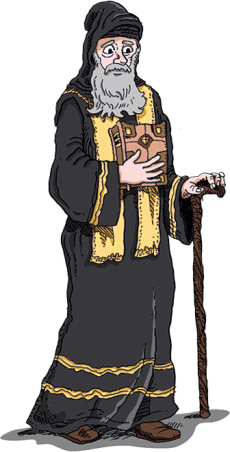
The Hegumen
Hegumen, (or igumen) (in Greek ἡγούμενος; in Russian: игумен; in Serbian: игуман or iguman) is the title indicating a spiritual guide in Orthodox churches, similar to an Abbot
The Hegumen wore a simple black cloak, carried a miter and held an intricately carved wooden walking stick in his hand.
The Hegumen at the time of the story was in the Gravina di San Marco in Massafra (Ravine of Saint Mark), in the story he is referred to as Anselmo and had a son. The Hegumen was consulted in the event of proceedings for the crimes of witchcraft, magic and pacts with the devil, according to the supreme law, which considered him equal to an inquisitor, as he was an ecclesiastical authority.
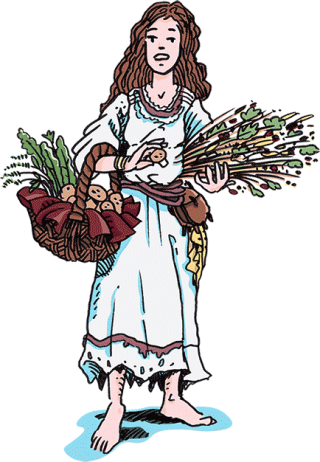
Margherita
The story tells us that Margherita had long black hair, was slender, strong as an ox, and that she often wandered alone along the paths and the ravines of the Madonna della Cerva. Climbing the cliffs barefoot, she was graceful and delicate, she collected leaves and medicinal plants in the uncontaminated landscapes of Massafra.
Exuberant and extrovert Margherita helped, her father in his nocturnal excursions travelling along the neighbouring paths. She loved hiding in wells, only to jump out of them trying to scare her father. From her father she had learned to recognise and catalogue over six hundred varieties of medicinal herbs that grew spontaneously in the ravines, and to clean the wood-burning oven that her father used to prepare his alchemy.
The local boys called her Magarella a derogatory nickname, that is little sorceress.
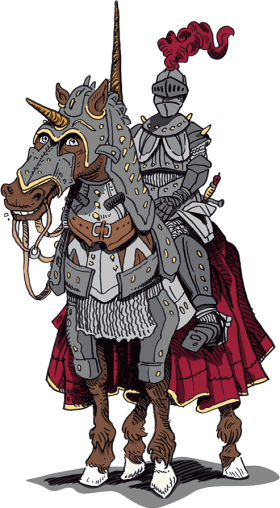
The Black Knight
He was a man of law, he had studied the supreme laws issued by the emperor. The knight is the character who travels as far as Mottola to have the bull issued giving the Hegumen the power to initiate proceedings of heresy and thus save Margaret.
He enters the city on horseback with his men just in time before the Catapan burns Margherita at the stake.
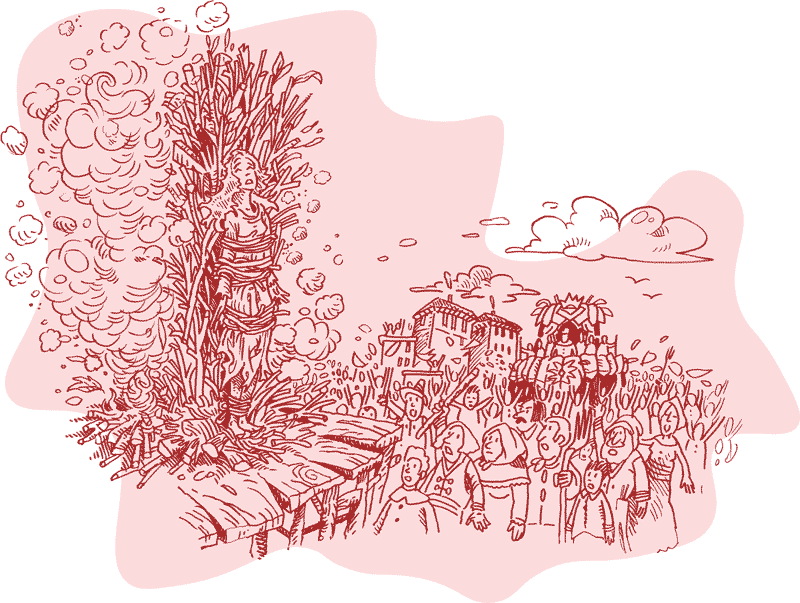
The people
Massafra, at that time, had little more than a thousand inhabitants scattered among the ravines, the village and the countryside.
Even inhabitants from nearby areas were among the crowd; they had been “summoned” for the event, unusual in an area of very sound Christian faith. Strangers and onlookers, anyone who could arrive by a horse or mule.
In the story the people include Peasants, Guards and even some young men in love with Margherita who – to take revenge on Greguro who rejected all their proposals and did not want to give her in marriage to any of them – accuse her of witchcraft.
Medicinal plants
Margherita and Greguro’s medicinal plants
Touch the plants to reveal some information on the medicinal plants.
Oak (Acorns)
Tree of the Oak family, it grows only in Apulia and Basilicata, used in ancient times as an anti-haemorrhagic, analgesic, febrifuge, antiseptic.
Agrimonia
Plant with astringent and disinfectant properties, conferred by the tannins contained therein. Used to heal pharyngitis, stomatitis and dermatitis.
Germander
Long appreciated for its slimming and purifying properties, it was then discovered to be toxic to the liver, responsible for acute hepatitis.
Figs
Rich in calcium with a high concentration of potassium and vitamin A, used against anaemia, excellent as a dietary energy supplement. Overuse produces a laxative effect.
Mulberries / Blackberries
Originally used as a hypoglycaemic and the bark of the black mulberry as a laxative and taeniafuge. The fruits possess anti-inflammatory and analgesic properties.
Hyssop
Hyssop infusions have always been used for their soothing properties and bronchodilator properties. The essential oil, however, is potentially a neurotoxin, that is poisonous to the nervous system.
Almond
Used in ancient times for heartburn, pharyngitis, inflammation of the respiratory or digestive system, constipation, cough and gastric ulcer.
Hop
Used in folk medicine as a sedative, to treat anxiety, restlessness, nervous excitement and insomnia.
Walnuts
The husk and leaves of the walnut were used in folk medicine as a remedy to combat constipation, with antiseptic, astringent and purifying properties.
Cumin root
In folk medicine, cumin was used as a remedy against diarrhoea and colic, historically used against leprosy.
Congratulation you find a Badge Botanist
You do not have it?pick it up here!
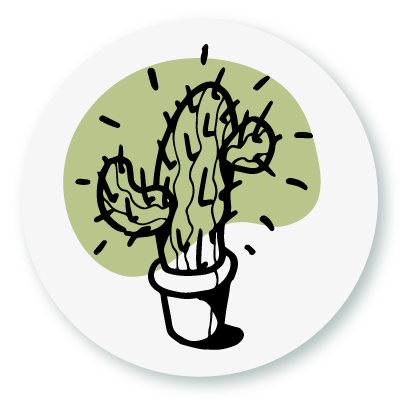
Elder
The properties of this plant are well known since ancient times for the treatment of feverish states of various kinds, to combat laryngitis, influenza and as a remedy for coughs.
Some places in the story
Explore the places of Massafra where the story is set
Drag the cursor over the images to discover the real places.
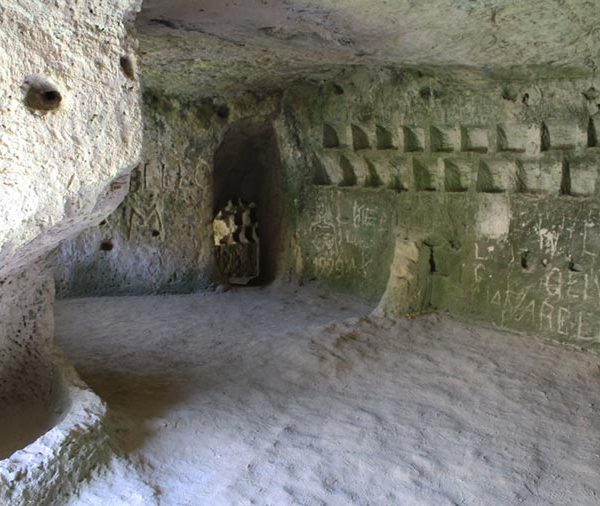
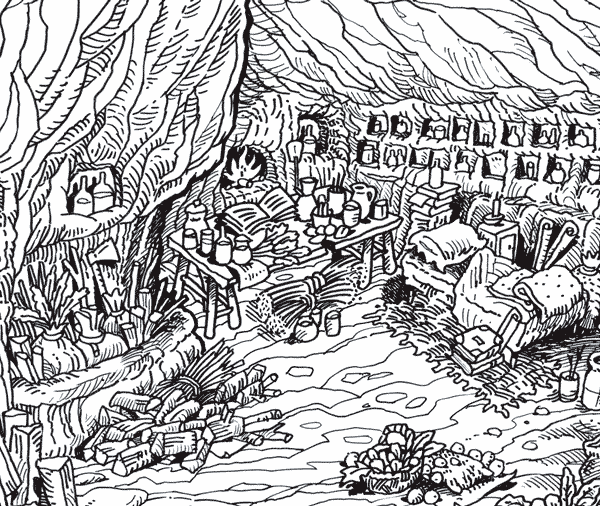
Greguro’s “Pharmacy”
Greguro’s Pharmacy is located in a ravine about 300 meters from the Sanctuary of the Madonna della Scala. A grotto complex with intercommunicating rooms. Dug into the tufa rock, they can be reached via a rope ladder. Numerous recesses are visible in the walls, which according to history served as repositories for medicinal herbs.
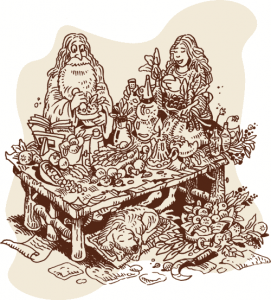
![]() Find out where
Find out where
is found!
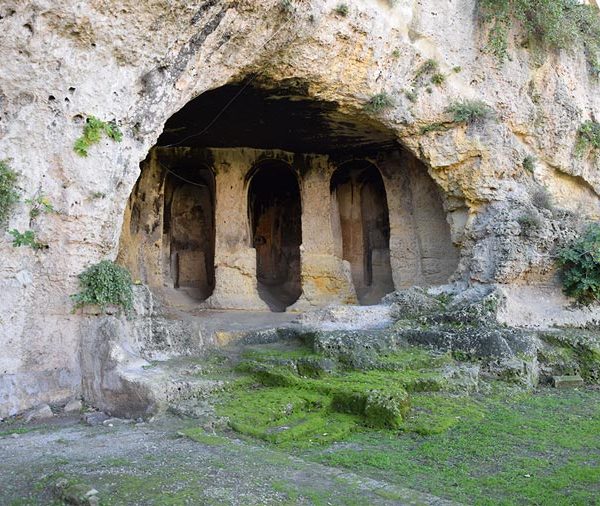
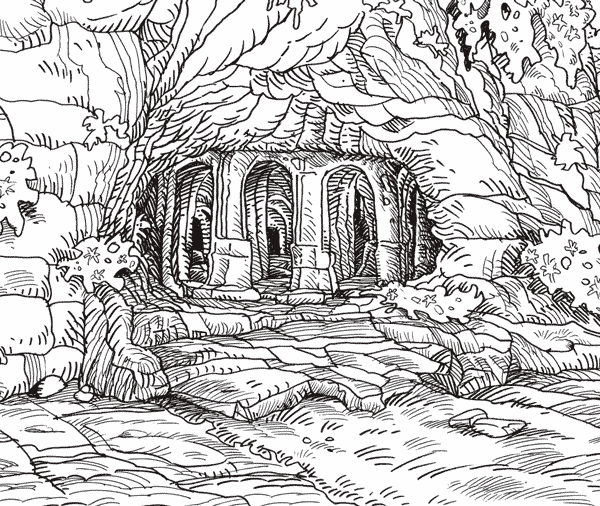
The Crypt of Saint Marina
The church and its crypt are located near the Gravina di San Marco ravine, in the village of Santa Marina. It contains numerous and polychromic frescoes representing Santa Marina, a Pantocrator, Saint Leonardo and other saints.
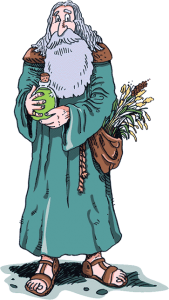
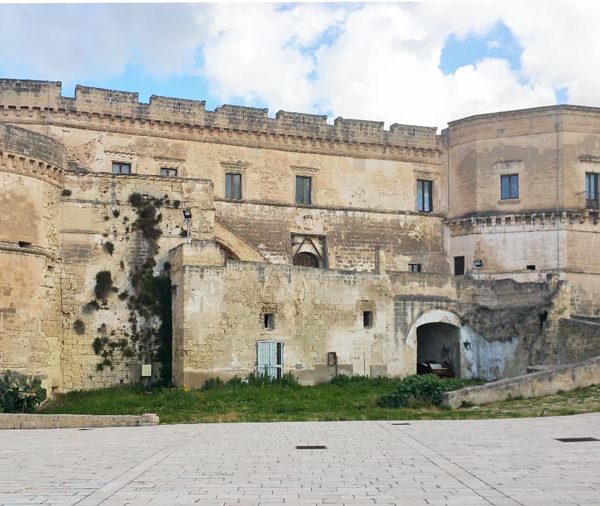
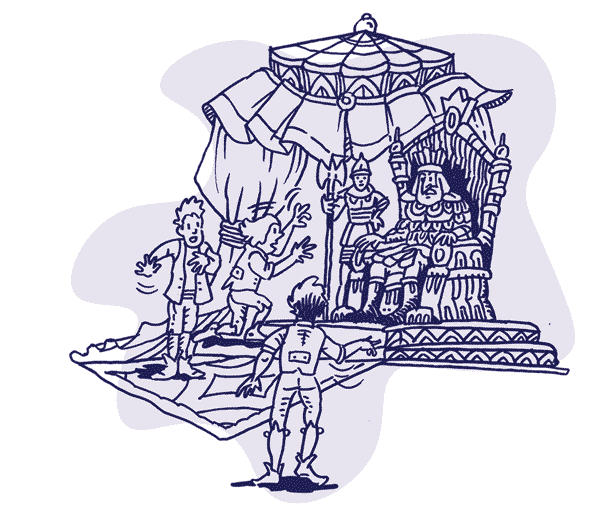
The Catapan Castle
The fortress of Massafra is located high up, and allowed the County from Mottola up to the city of Taranto to be controlled from the window.
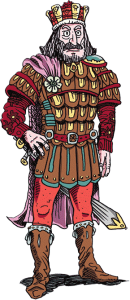
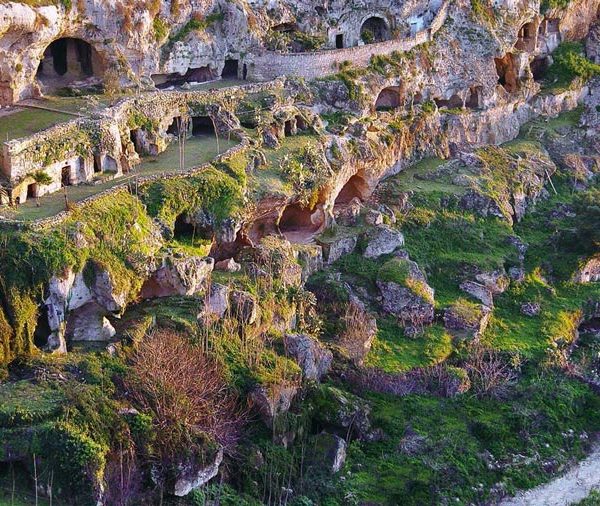
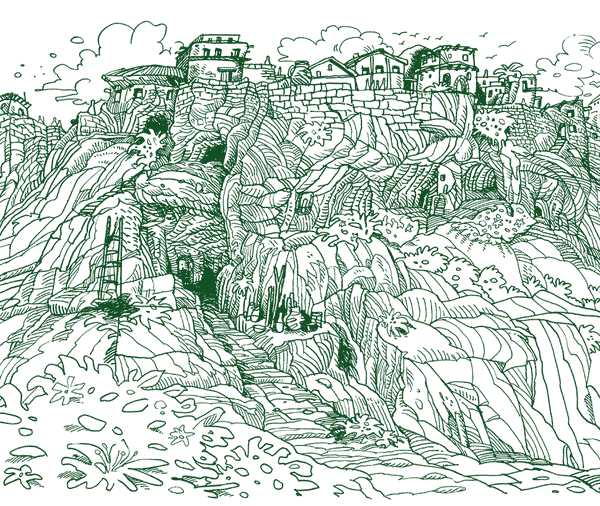
The Gravina di San Marco
House of the Hegumen and rock settlement in the Gravina di San Marco. The grottoes are located on the eastern side of the ravine. The structure resembles a three-story building. Interesting from a historical point of view, the triangular tympanum and the monolithic desk illuminated by an opening in the rock.
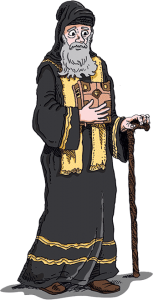
Play with Margherita’s story
Have you read Margherita’s story? Do you want to test yourself?
Try one of the games below!
















































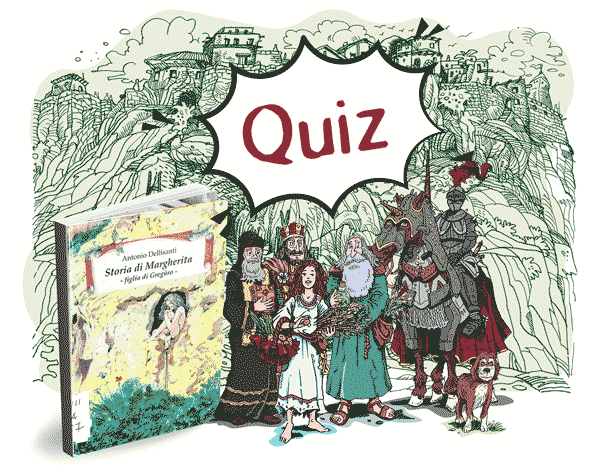
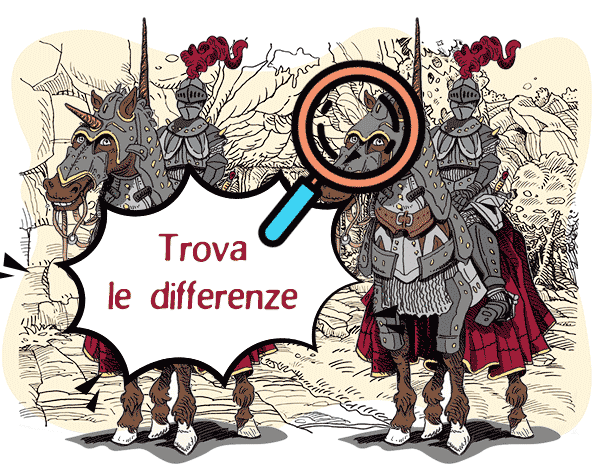



 Contact
Contact